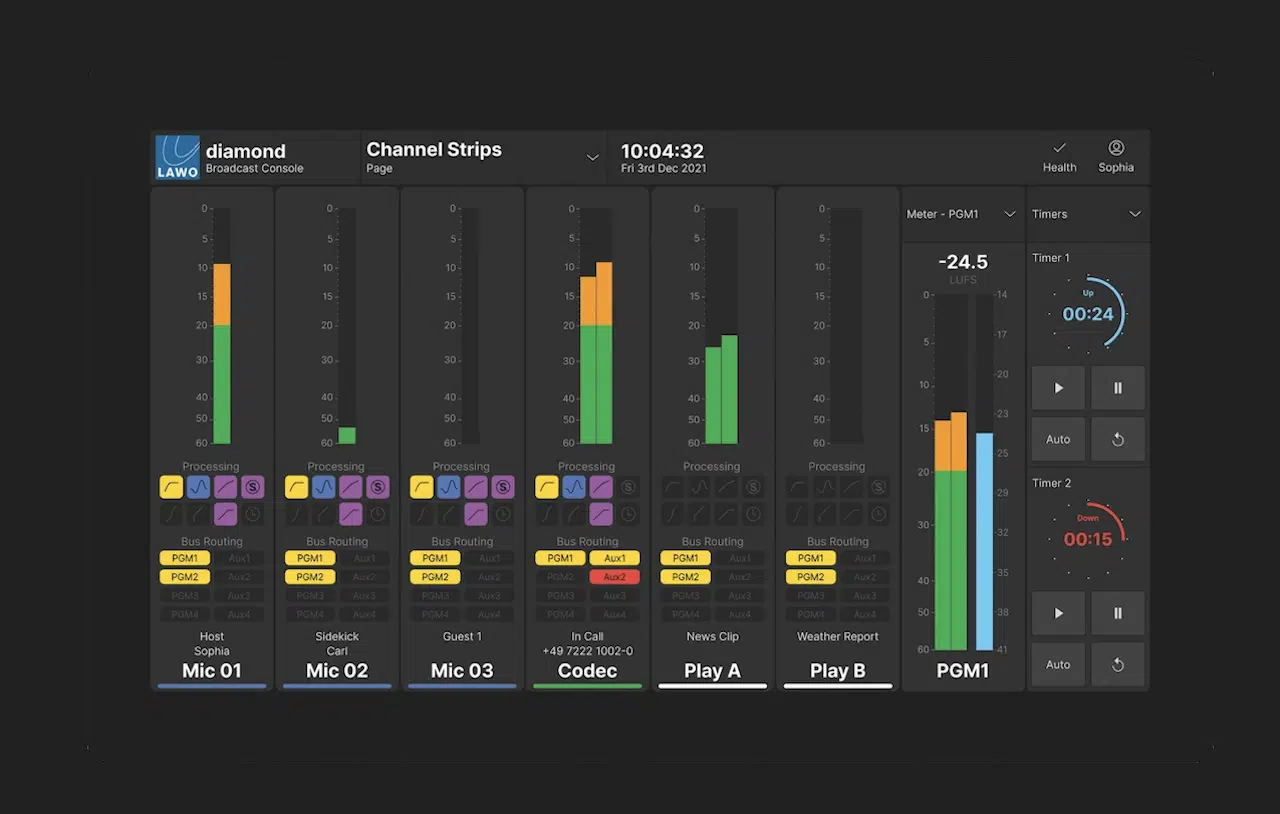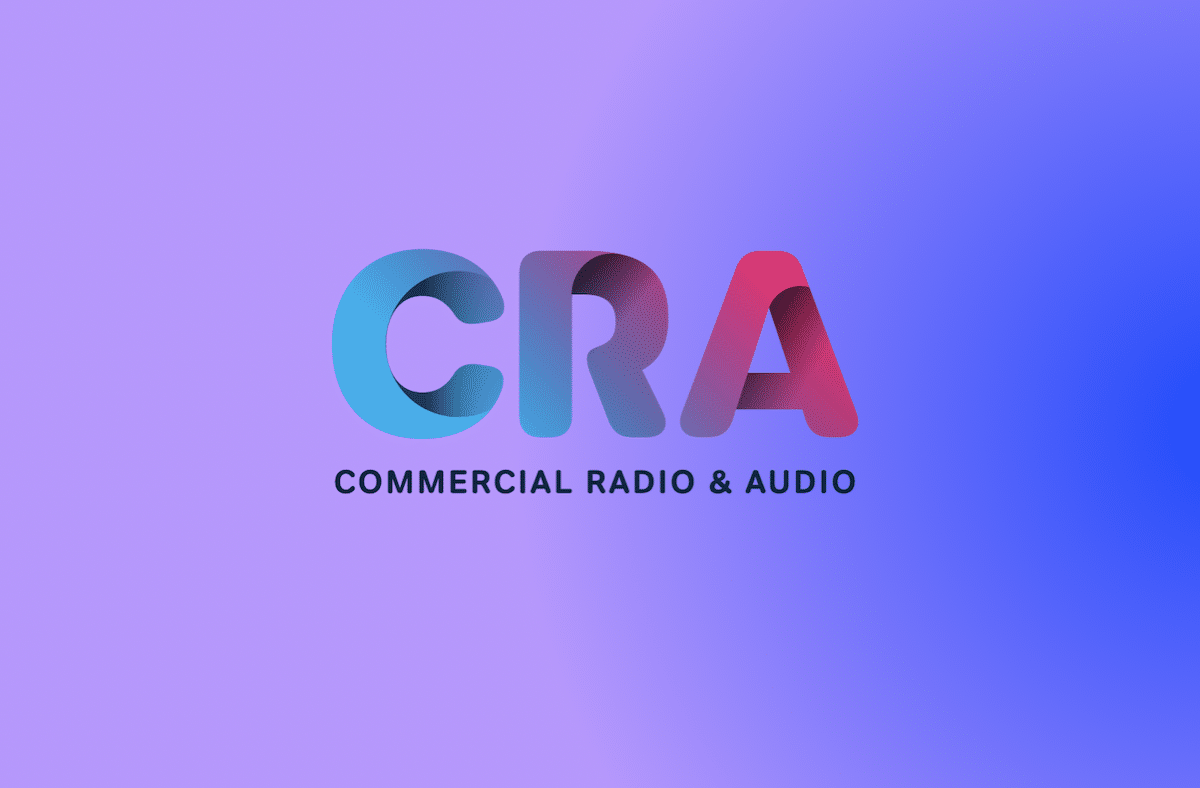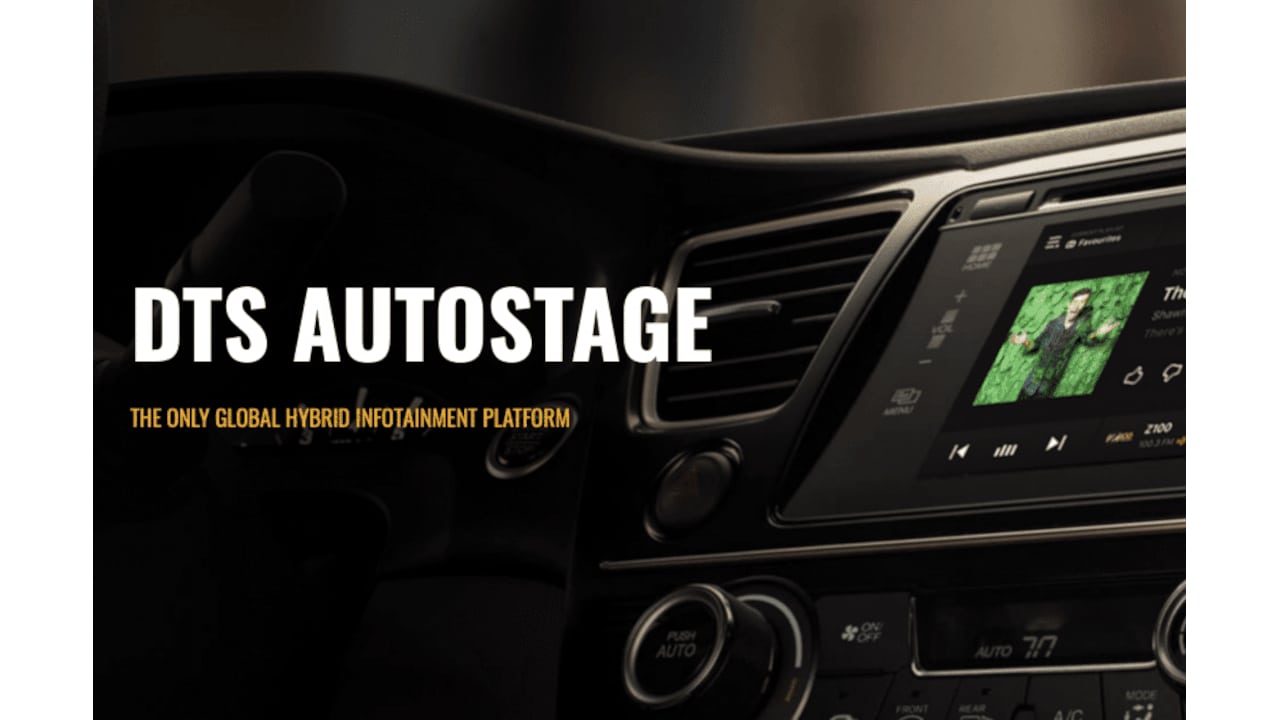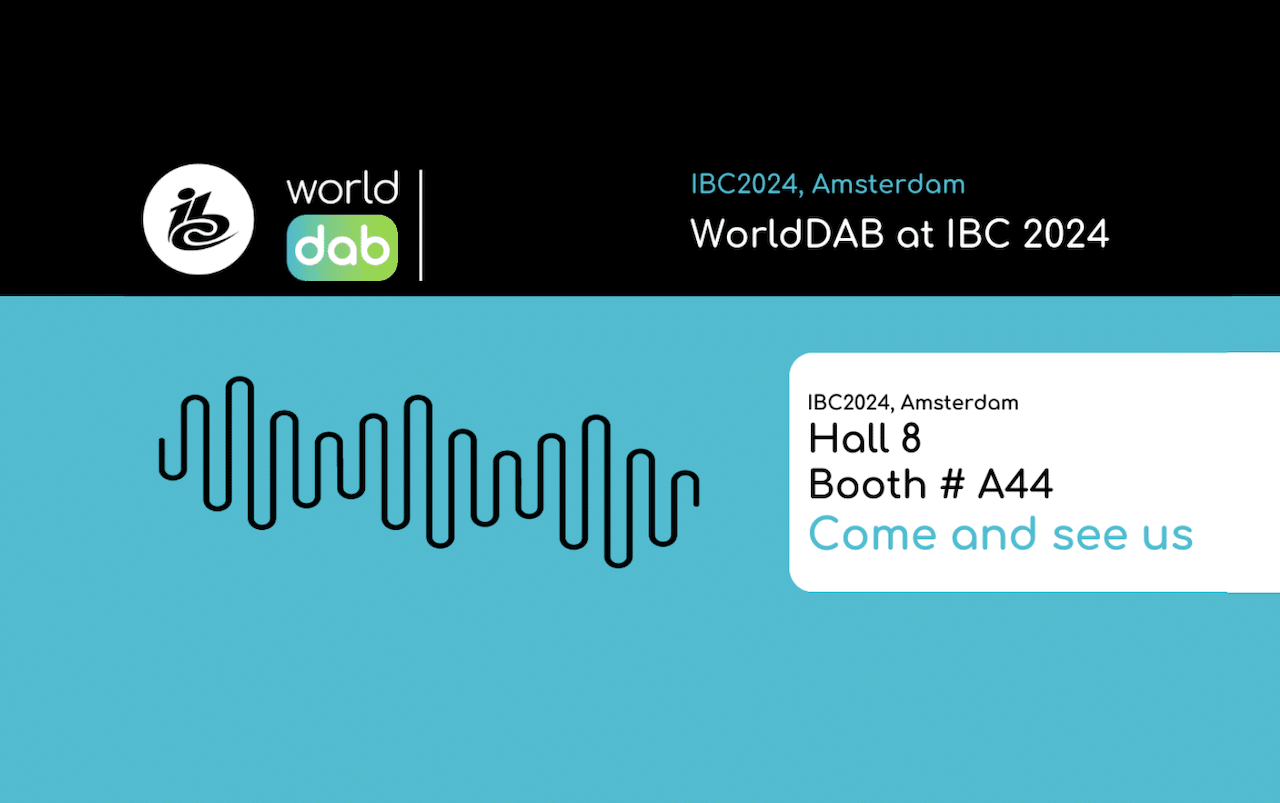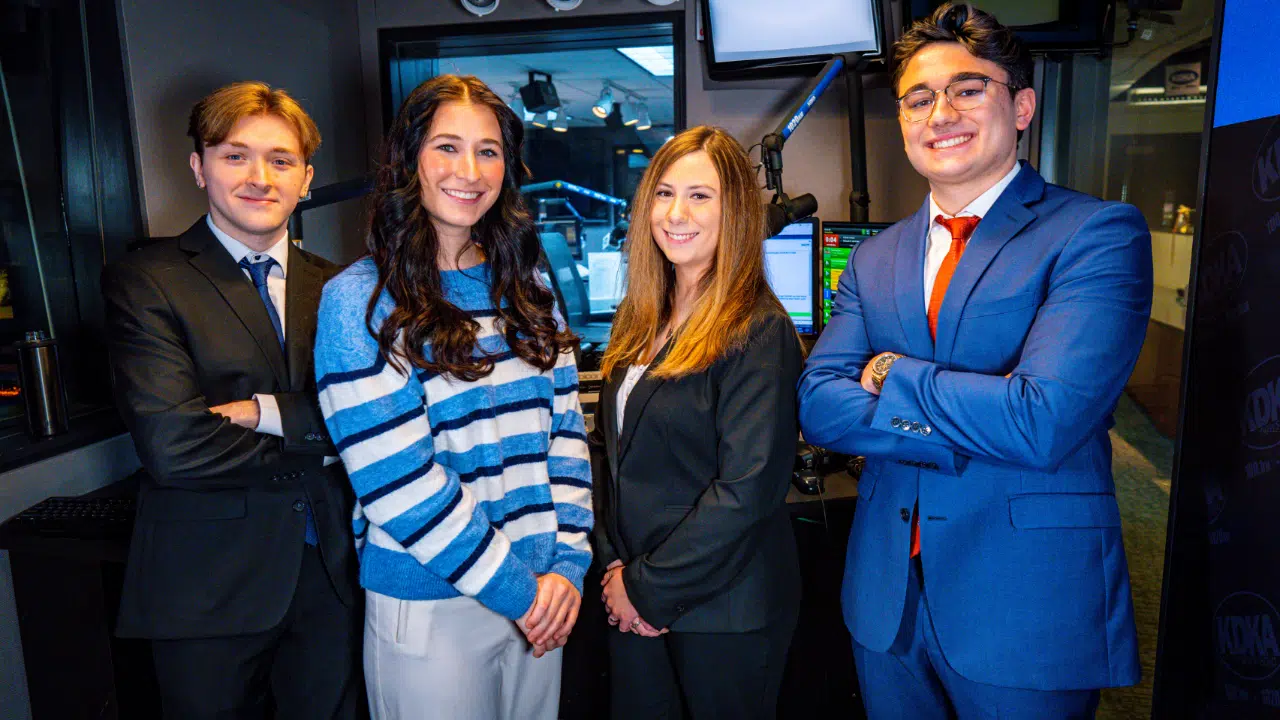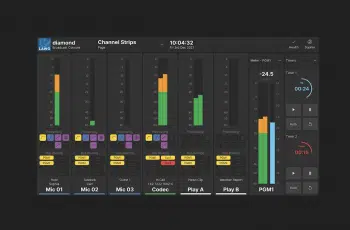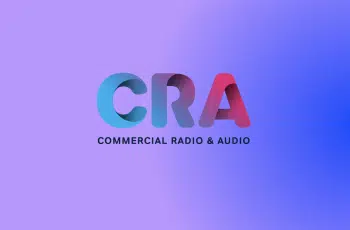
DUBLIN — After more than a decade of being away from radio, I returned to IBC in Amsterdam in Sept. 2022 and witnessed some of the industry’s dramatic changes close up. I had spent the “missing” 10 or so years in the semiconductor industry servicing the consumer electronics world, focusing on Bluetooth audio and licensing the aptX audio compression algorithm for CSR and then Qualcomm.
For context, APT developed the aptX audio compression algorithm, which the radio industry used extensively for OBs and remote broadcasts, STLs and radio playout systems. It competed with MP2 but differentiated on real-time, high-quality use cases. It always helped that Stephen Spielberg and George Lucas embraced aptX. At one time, of the almost 44,000 radio stations worldwide, about 30,000 were using aptX.
Like most people in the industry, I developed my passion for radio from an early age. I remember my mother listening to the long-running BBC drama series The Archers and my father listening to the weather forecast. In my early teens, I started listening to Radio Luxembourg and all that came with it, so when the opportunity arose for me to work in the industry, it felt like I was coming home.
Now, thanks to developments in consumer electronics, an individual in the right place at the right time can secure the content and broadcast it to an audience — their followers — with minimal cost.
When we pivoted aptX into Bluetooth, I had an opportunity to see radio’s technological future. In 2008, we were just starting the aptX licensing program into consumer electronics, so we went to CES in Las Vegas. We won the “Best of CES” award, but what really stood out for me was watching a drone for the first time. It was part of the display by the French company Parrott, and their sales pitch was, “We’re not too sure of the application, but drones will certainly disrupt some industry.” I remember thinking it was the perfect device to access a newsworthy event immediately. When was the last time you heard a traffic report by helicopter on the radio?
Barriers to entry
This points to one of the truths of broadcasting: Technically, there have always been barriers to entry to setting up a radio station, such as licenses and capital cost for equipment and staff (presenters, producers and engineers). Then there is the cost of producing content the station needs to remain relevant in a very competitive market. The high costs involved mean that radio stations are usually part of a wider group with sister outlets in TV, print and online that can pool their resources to keep costs down.
However, things are changing. I am following with interest how the consumer electronic industry is lowering the barriers to entry and allowing individuals to start their own audio broadcasts. All they need is a mobile phone and access to the internet, and someone can set up a podcast. This is very simplistic; a better experience is possible with one or two microphones, some editing software and a working knowledge of what they’re doing. The tools are affordable, and the knowledge comes with an inquiring mind and easily accessible content online.
Before the advent of mobile phones, if a major incident occurred, a radio station would have to send out an OB truck with its consoles, processors, amps, mics, masts or dishes and PCs with editing software and a reporter and an engineer.
This took time, energy, money and planning. More importantly, there was always the risk that the reporting could reflect the ethos of the media group owners or their advertisers. Now, thanks to developments in consumer electronics, an individual in the right place at the right time can secure the content and broadcast it to an audience — their followers — with minimal cost.
Such broadcasting comes with a health warning: There are no filters — the reporting is subject to an individual’s viewpoints and personal standards.
Democratization of broadcasting
This is the democratization of broadcasting in much the same way social media has challenged traditional written media outlets. However, such broadcasting comes with a health warning: There are no filters — the reporting is subject to an individual’s viewpoints and personal standards. It won’t be slick, and some parts will fail professional broadcasting standards. However, it will be that person’s optics on the event and not subject to a larger corporation’s wider interests.
Consumer electronics have changed the face of radio broadcasting. While some professionals may shake their heads with frustration and argue that content produced by these individual “broadcasters” is banal in the extreme, the point is that the barriers to entering the business are falling away, and I, for one, support that.
The author has worked in the audio industry for almost 35 years and has built and sold two companies in this space. For 28 years, he looked after aptX (an audio compression algorithm), which is now supported in more than 12 billion Bluetooth devices with over 1,000 licensees. He is now pursuing new interests around antennaware, Headphone 3.0 and EEG.



